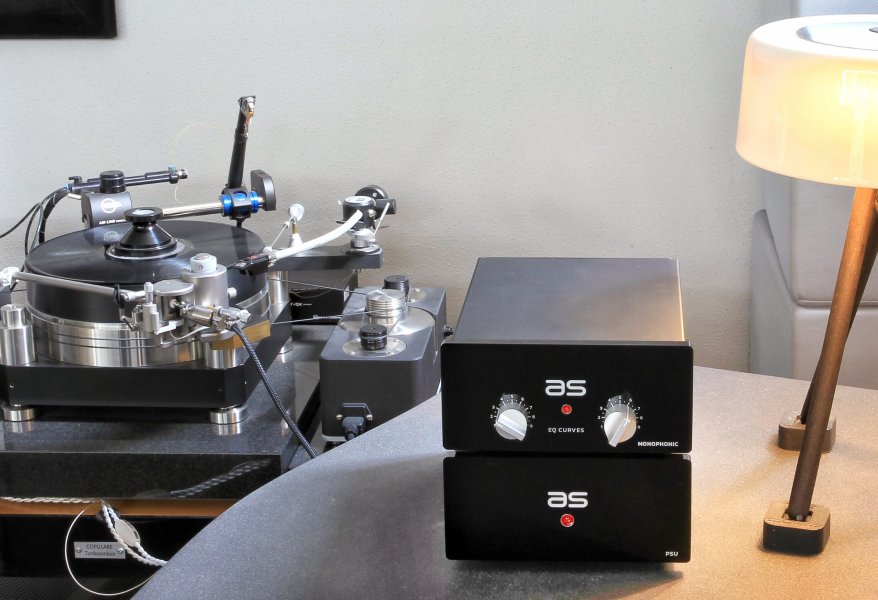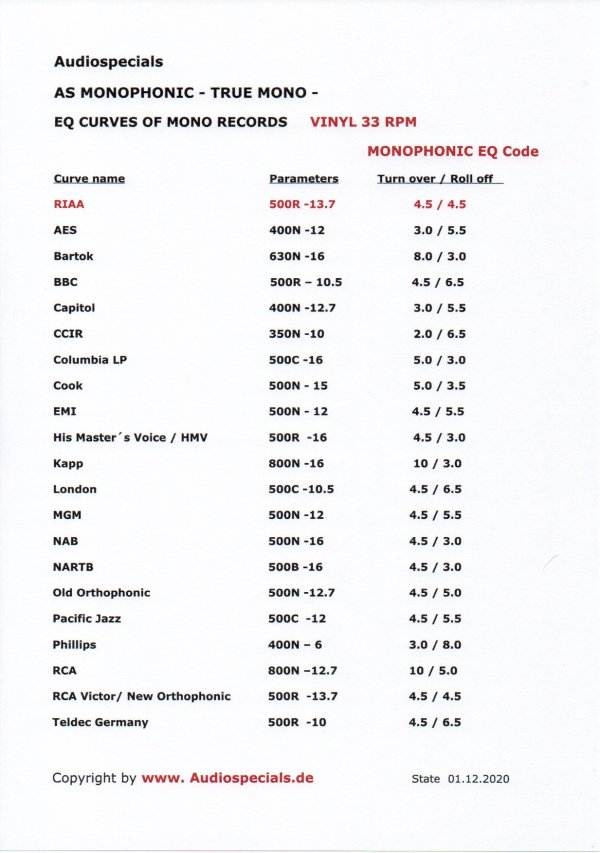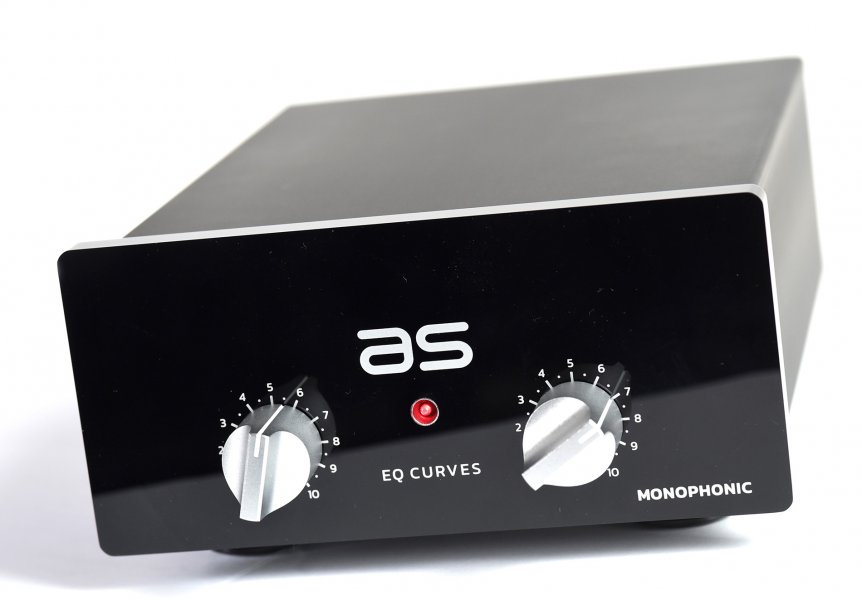All of your posts have been very helpful. Thank you. If I understand the bolded part correctly, all channel bridging is relatively the same sonicwise.I had both the Miyajima ETR-Mono and ETR-Stereo SUTs. I think both are very good. I used it with a mono arm cable, the four pins connected to two channels and a single RCA - for the Miyajimas there's no benefit to that except you don't need to worry about how the headshell is wired, you just set it up as for a normal stereo cartridge. This went into the ETR-Mono and had a 'stereo' interconnect coming out. This way avoided any risk of a ground loop. You could achieve the same simply by connecting one channel of a stereo arm cable.
I sold the ETR-Mono (and later the ETR-Stereo) because I was getting better performance out of an Allnic H5000 head amp, which I went on to purchase. It wasn't a step I took lightly though as the head amp's gain is fixed at 29db, while loading options are fairly limited (50, 100, 200 and 500 ohm). By contrast the ETR-Stereo has step-up ratios from 1:5 to 1:100 as well as other useful options to trim the sound. So there was a loss of flexibility to some extent.
The Allnic head amp incidentally has no trace of hum whatsoever when using a normal stereo arm cable and both sets of pins on the mono Miyajimas connected, which is pretty convenient if (like me) you like to swap headshells around - no need for a dedicated arm for mono which is what I had when using SUTs. It was also a lovely match for the MSL Eminent Solo - which for me had the edge on my two Miyajima Zeros (as per my write-up in the link above). I would really love to put the MSL up against an Infinity though.
If I could emphasise one thing though is not to be uptight about using some kind of channel bridging arrangement (be it a mono button, Y-connector or hard wiring a single SUT to two outputs, as in the ETR-Mono) ultimately it's unavoidable that it happens somewhere in the chain if you are taking one channel and outputting to two speakers.
What I also understand is even with the mono LP's I have now, some mono, most fold downs, it doesn't matter, the Infinity 0.7mm is the best mono cartridge to get.
Robin advised me that due to(the limitations) my Rega RB900 tonearm and middle of the road KLOTZ cable, that the Spirit or Zero is what he'd recommend. Not the Infinity. So, I'll need to cross my fingers that Audiomods Series Six tonearm will fit on my Basis t.t.. so I can ascend to the Infinity.
If I may ask a question, and I apologize if I am hijacking the thread, but I sure could use some advice....
I currently have a NIB Vertere Acoustics Phono-1 phono drive for my MG-1 stereo only turntable. It is a decent stereo pre with one input.
I was considering the ETR-Mono through the Phono-1 and changing it's settings to moving magnet and swapping out interconnects from mono to stereo play. The Vertere dealer who sold me the Phono-1 advised me to go a different route due to the annoyance of swapping interconnects. Plus the Phono-1 is designed for stereo only and thought there were better options.
The dealer would take it back in exchange for a Luxman EQ-500 which has 2 inputs and a mono mode. That seems like a good option in that it gives me a better phono stage and simplifies my system. He slso suggested the Thoress Phono Enhancer but it is a bit more expensive.
For my situation, 2 turntables, one for mono and one for stereo would that seem to be the best path for me to go?
Thanks so much.












